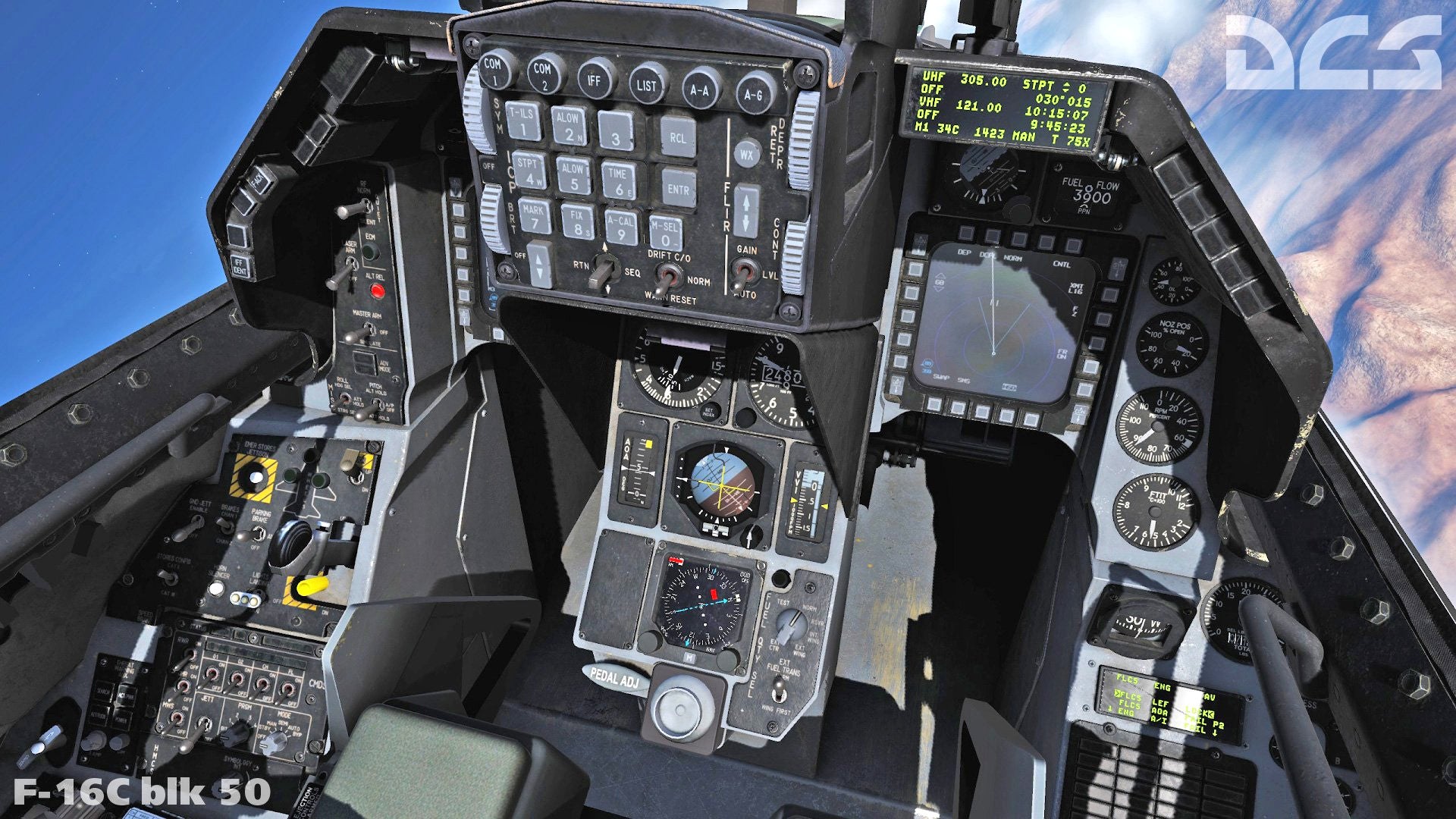It’s no secret that The War Zone is a fan of Eagle Dynamics’ hyper-realistic flight simulator Digital Combat Simulator World, better known as DCS World. So it’s exciting to see the company offer the first glimpse of its upcoming F-16C Block 50 module. But it now comes with an unusual added twist as one of the company’s programmers, Oleg Tishchenko, is now sitting in the Weber County Jail in Utah charged with attempting to smuggle sensitive U.S. military aircraft flight manuals related to the F-16 Viper and the F-22 Raptor back home in violation of the U.S. government’s International Traffic in Arms Regulations, or ITARs.
On May 17, 2019, Eagle Dynamics released a screenshot, seen at the top of this story, of the simulated cockpit the company has designed for the forthcoming F-16 module. In the initial early access release of the software, Eagle Dynamics says the update for DCS will include a fully recreated Block 50 Viper cockpit with “Color Multifunction Display (CMFD) symbology, Horizontal Situation Display (HSD) format, and Head-up Display (HUD) symbology” and “Digitally [sic] TACAN [Tactical Air Navigation System] and Electronic Horizontal Situation Indicator (EHSI),” according to a company news release from February 2019.
The company had posted another view on its Facebook page the day before. Both pictures show the kind of overall quality and impressive attention to detail that we’ve come to expect from Eagle Dynamics.
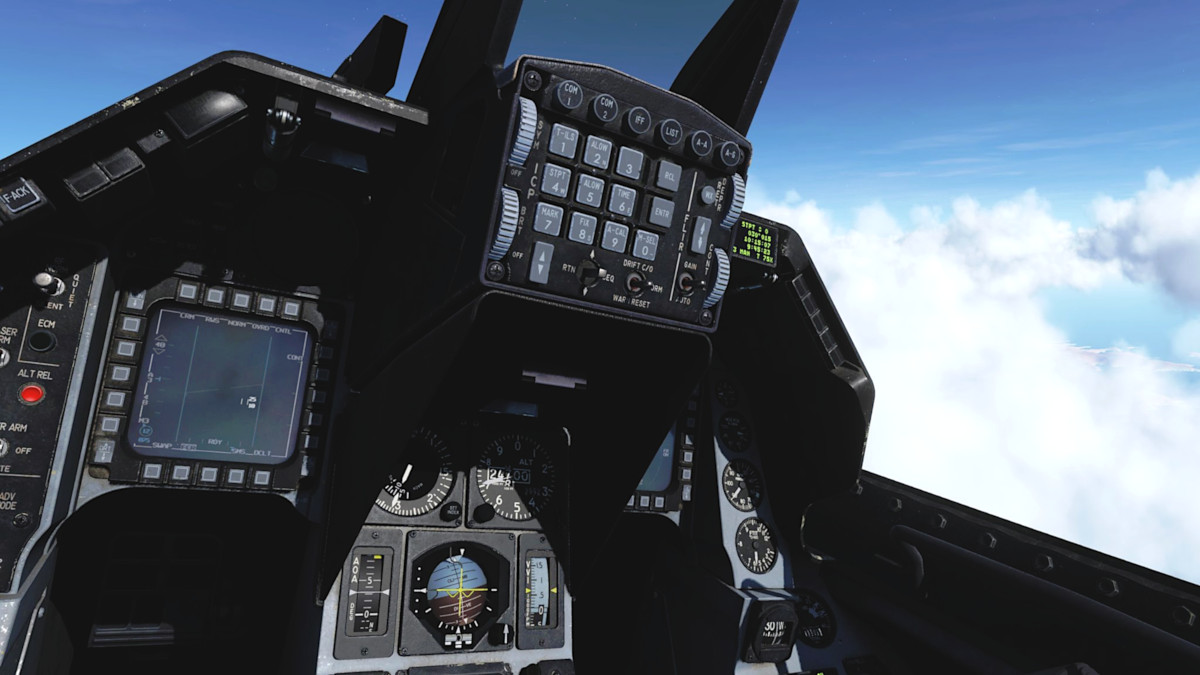
But these first glimpses of the future add-on come just days after Ogden, Utah’s Standard-Examiner newspaper broke the news that officials in the country of Georgia had arrested Tishchenko earlier this year and extradited him to the United States. American authorities arraigned him in the U.S. District Court for the District of Utah in Salt Lake City on March 15, 2019.
Nearly four weeks later, U.S. Magistrate Brooke Wells signed a detention order declaring him to be a flight risk and he’s been in the Weber County Jail ever since. The 42-year old programmer has pled not guilty and his trial is scheduled to begin on Aug. 19, 2019.

The U.S. government has charged Tishchenko with one count each of conspiracy to commit an offense against the United States, violation of the Arms Export Control Act, smuggling goods from the United States, attempted violation of the Arms Export Control Act, and attempts to smuggle goods from the United States. You can find a copy of the full indictment here. All of this centers around the Russian’s purchase and attempts to purchase U.S. Air Force “Technical Order” manuals for various models of the F-16, as well as the F-22.
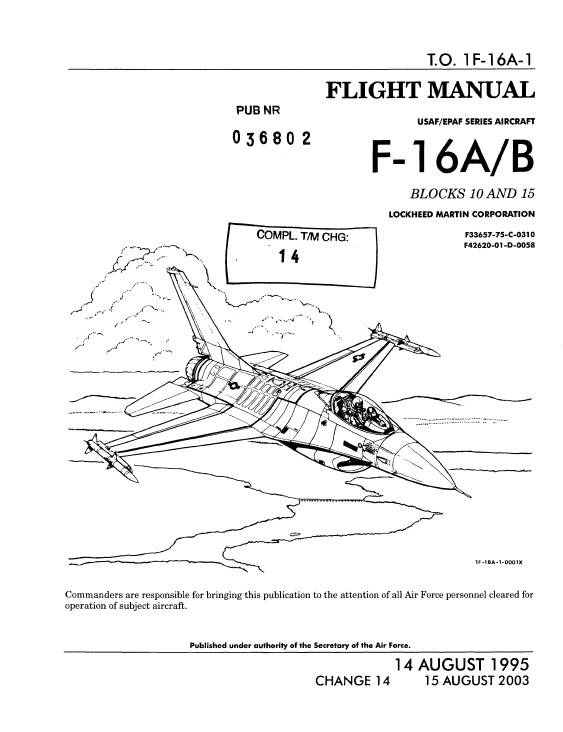
Tishchenko has had a lifelong interest in military aviation and is a graduate of the Moscow Aviation Institute with a major in control systems, informatics, and electric utilities, according to Latvian-based online newspaper Meduza. He has been working for Eagle Dynamics since 2004 and is apparently well known for his love of acquiring flight and other military aircraft manuals.
These purchasing habits, which including buying older manuals off eBay, apparently caught the attention of U.S. authorities all the way back in 2011. At that time, Tishchenko made a post on the Eagle Dynamic’ DCS World online forum asking for help in physically obtaining two maintenance manuals for certain F-16A/B configurations, which he was looking to buy. The seller was refusing to ship them overseas.
These manuals are unclassified, but contain information subject to ITAR and the Arms Export Control Act. The regulations expressly prohibit the export of anything, including manuals, that contains technical information on systems listed in the U.S. Munitions List without a proper license. Exporting material subject to these provisions to Russia, as well as a number of other countries, is banned entirely.
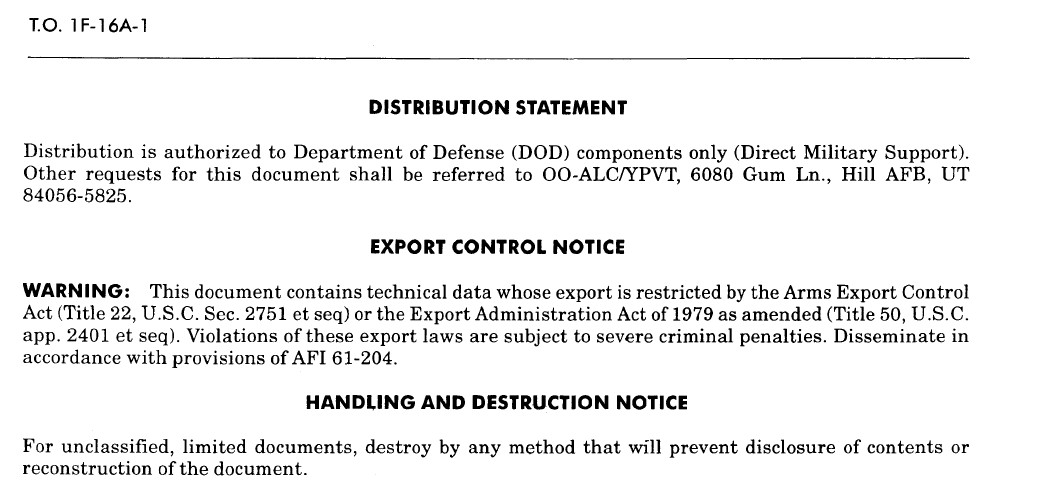
So, when Tishchenko went on the forum to find someone who would take delivery of the manuals from the eBay seller and then ship them on to him in Russia, other individuals warned him that he could be in violation of the law. The man who agreed to forward the manuals on to Russia, Kenneth Sullivan, who went by the user name “Moby,” is also named on the indictment as a party to the conspiracy, but the U.S. government dropped those charges as part of an agreement, the details of which they have not publicly released. American authorities also allege that Tishchenko subsequently sold copies of these manuals, as well as others with export controlled information, on eBay without appropriate export licenses on multiple occasions between 2011 and 2015.
But there’s another wrinkle that the indictment doesn’t clearly spell out. The last two charges are tied to Tishchenko alleged attempt to purchase two manuals related to the Block 50 F-16C/D, the subject of the new DCS World module, as well as the F-22. This was the product of a sting operation that the Department of Homeland Security and the Air Force Office of Special Investigations orchestrated, according to the Standard-Examiner. There’s no indication that the Russian programmer ever obtained these documents. There are unconfirmed reports that Hill Air Force Base in Utah supplied the actual documents undercover officers offered the programmer, which is why the Federal Government filed the charges in that state.
“We need it in our work,” Tishchenko told the undercover agent posing as a seller online, according to additional documents that the Standard-Examiner obtained. “I’d like to get some maintenance manuals for the F-16C related to avionics. Actually, maintenance manuals for any jets, including the A-10.”

This appears to be the final act of the U.S. government’s investigation, which resulted in the indictment, which authorities filed under seal in 2016. The United States does not have an extradition treaty with Russia, so federal law enforcement officials had to wait until Tishchenko visited Georgia earlier this year to arrest him.
How the trial will now go is anyone’s guess. The law could leave some leeway in determining whether or not an individual knowingly and willfully broke the arms control regulations. It may be hard for Tishchenko and his lawyers to argue otherwise if people online were offering warnings as early as 2011 that what he was doing could be illegal and depending on what the undercover agent told him over the course of their conversations. The written warnings in the manuals themselves are clear.
But Tishchenko public defender, Wojciech Nitecki, has already moved to get the last two charges, related to the F-16C/D and F-22 manuals, dropped due to lack of evidence, though it’s unclear whether Judge Dale Kimball has responded yet or how. “He needed to develop flight simulator games,” Nitecki’s motion said, according to the Standard-Examiner. “The two [Tishchenko and the agent] have never agreed to exchange anything nor arranged the time, place, or mode of the exchange.”
At the same time, Eagle Dynamics has distanced themselves from Tishchenko, acknowledging he is an employee, but saying they never sanctioned his acquisition of export controlled material to support work on DCS World. They also insist he was not involved in developing or conducting research for the F-16 module.
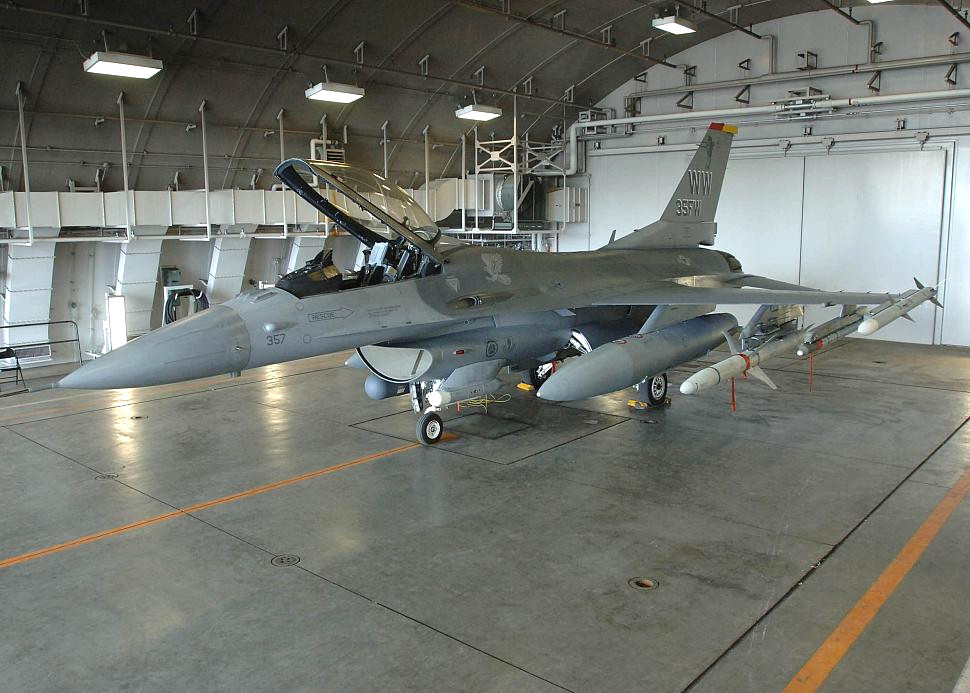
“The Company develops all of its DCS aircraft game modules exclusively on the basis of publicly available information and has never used nor tried to obtain any classified information,” the statement read, according to video game news outlet Kotaku. An “[internal] investigation confirmed in particular that no company resources were used and that no export restricted documents were obtained or stored within the company’s systems.”
Eagle Dynamics itself appears to have felt some strain from being headquartered in Moscow, where Russian national Igor Tishin founded it in 1991. The company moved its official main base of operations to Lausanne, Switzerland in 2017.
“The development of the F-16 and other modules currently in the pipeline will continue in order to further enhance the simulation experience of DCS World,” Eagle Dynamics’ statement added. “These events will not affect Eagle Dynamics’ commitment to its users and faithful community.”
It will be interesting to see how this might impact Tishchenko’s defense in court later this year. It also seems like what the Eagle Dynamics’ programmer actually obtained was of relatively minor importance, but the U.S. government’s relations with Russia are at a particularly low point and there have also been a raft of government reports and news stories highlighting concerns about potential opponents, including the Russians and Chinese, only increasing their efforts to obtain information on sensitive U.S. military and commercial technologies by any means necessary.
Had Tishchenko actually obtained the F-22 manual and then begun to resell it online, that could have been a serious security problem. Anything related to the F-22, in particular, remains very tightly controlled and for good reason. The Raptor manual in question included information on the aircraft’s ordnance-carrying capabilities and the employment of those weapons, which could certainly have substantial intelligence value. In 2015, Military Times
published an interview with an undercover U.S. naval intelligence officer who had delivered an F-14 Tomcat manual to known Russian intelligence agents as part of a counterintelligence operation, underscoring the potential value of these documents when they relate to more advanced aircraft.
Beyond that, regardless of what Eagle Dynamics says about his involvement in the F-16 module, it seems hard to see how his indictment won’t become tied up in the add-on’s release. We’re certainly now even more eager to see the final product for ourselves.
Contact the author: jtrevithickpr@gmail.com
